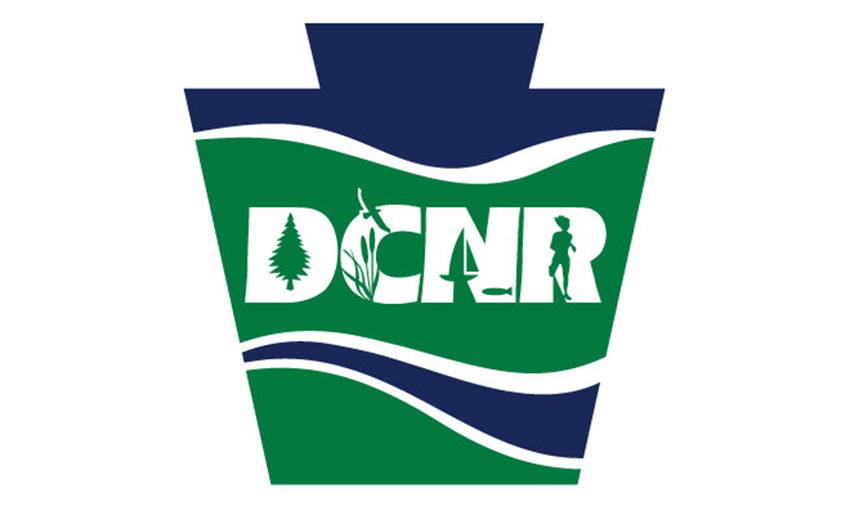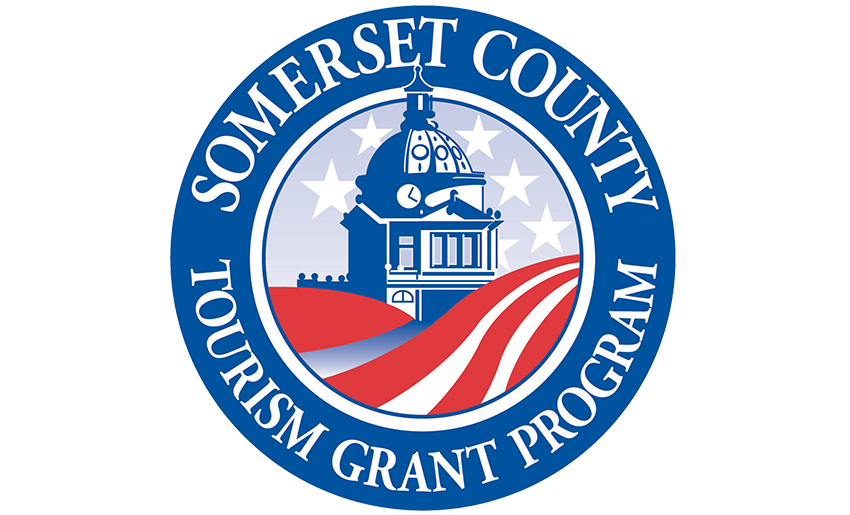“It’s incredible when you’re out and about in the woods to just take a breather and pay attention to the small details and see what you can notice about your environment. Being a runner and a cyclist, I used to be in the mindset of get from point A to point B and call it a day. But it’s important to take a little time and take in the finer details around you or you’ll miss it. Nature is always teaching me the lesson of patience, to wait for the changing of the seasons. It gives me a sense of calm. It provides me with a sense of serenity. It teaches me to be confident and self-sufficient.”
“I’ve always been connected to the outdoors. I credit my parents and my grandma for that. My family would go camping for the weekend and just rough it. My grandma on my mom’s side was actually a French immigrant and moved to America in the 1950’s. She grew up in Verdun, France. They were very poor, so they lived off the land. My sister and I would weed her garden and she would teach us about herbs and native wild plants. She was a huge role model in my life.
“I used to hate springtime when I was younger. I don’t know why. Maybe it’s because the weather was so inconsistent – rain, snow, heat, in between summer and winter. As I’ve aged, I’ve gained an appreciation for it. I’m much closer to nature now because I am essentially a naturalist. As a state forest employee, part of my mission is to protect and enhance our state forests and to protect and promote native wild plants. I’m also an educator.






“Forbes State Forest has over 60,000 acres of forest land that spans the counties of Westmoreland, Somerset and Fayette. And there’s some unique areas in that tract of forest land. Our Laurel Mountain Division was purchased by the Commonwealth of Pennsylvania in 1909 from the Byers Allen Lumber Company. The area was harvested for a lot of the raw materials like stone and especially timber, around the turn of the century.
“We have a high elevation bog on Laurel Mountain, Spruce Flats Bog, which is super cool. A bog at 2,700 feet is unique. The area was once a virgin hemlock forest that was heavily timbered. Trees act like a sponge, essentially the roots soak up all the water. The geology underneath was an impermeable layer of sandstone. As soon as the trees were removed there was nothing to absorb that water. So it reverted to a bog ecosystem. Plants started to become re-introduced and grow in that area and succession started to occur. Eventually we started to see some frogs.
“We have a native plant sanctuary too that is in Linn Run Valley. It’s a really special portion along the border of Forbes State Forest. The area is a designated native wild plant sanctuary of 277 acres. It’s a fairly damp, fairly shaded area in this valley. So, it has perfect conditions for a huge diversity of plants, especially spring ephemerals, ephemeral meaning short-lived, early blooming wildflowers. As soon as the sun is shining, as soon as the soil temperatures warm up, as soon as the amount of daylight gets a little bit longer, a lot of these plants are triggered and begin to bloom.
“Springtime is such a magical time in the forest. Seeing the spring wildflowers make me happy with the colors littering the landscape. The flowers symbolize hope, the birth of renewal, the hope that the seasons will progress.
“It’s incredible when you’re out and about in the woods to just take a breather and pay attention to the small details and see what you can notice about your environment. Being a runner and a cyclist, I used to be in the mindset of get from point A to point B and call it a day. But it’s important to take a little time and take in the finer details around you or you’ll miss it. Nature is always teaching me the lesson of patience, to wait for the changing of the seasons. It gives me a sense of calm. It provides me with a sense of serenity. It teaches me to be confident and self-sufficient.”
This content was created by Anita Harnish for the Great Allegheny Passage Conservancy and financed through grants from the Pennsylvania Department of Conservation and Natural Resources’ Bureau of Recreation and Conservation, through its Community Conservation Partnerships Program and Environmental Stewardship Fund, administered by Rivers of Steel Heritage Area and Pennsylvania Environmental Council’s Laurel Highlands Mini Grant Program; through funding via the Westmoreland, Fayette, and Somerset County Tourism Grant Programs; and with funds made available by the Great Allegheny Passage Conservancy.






